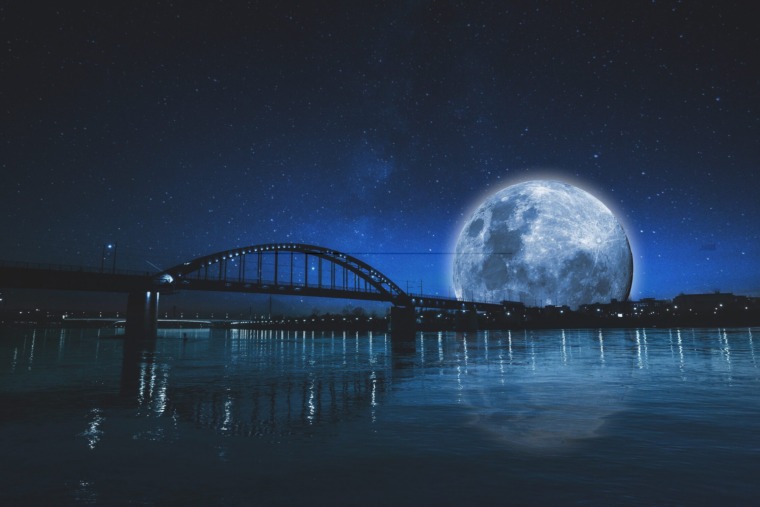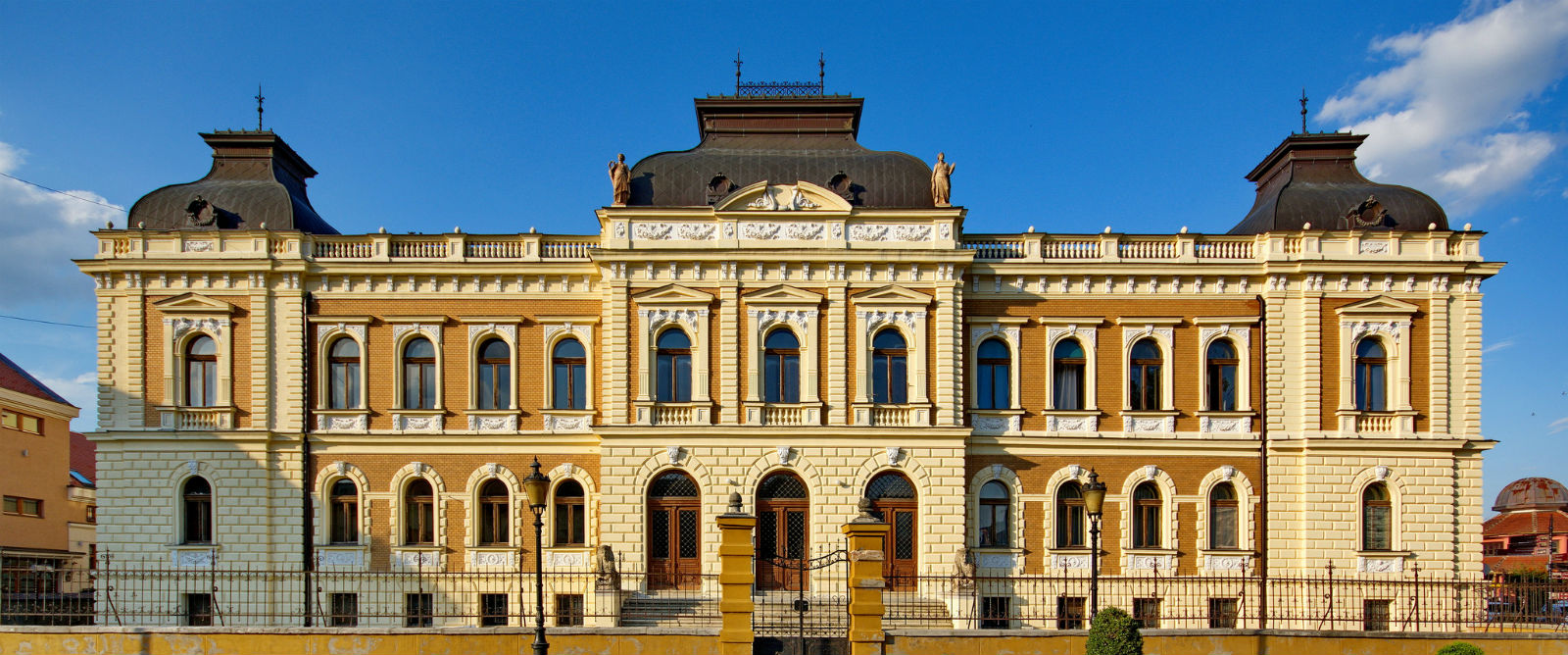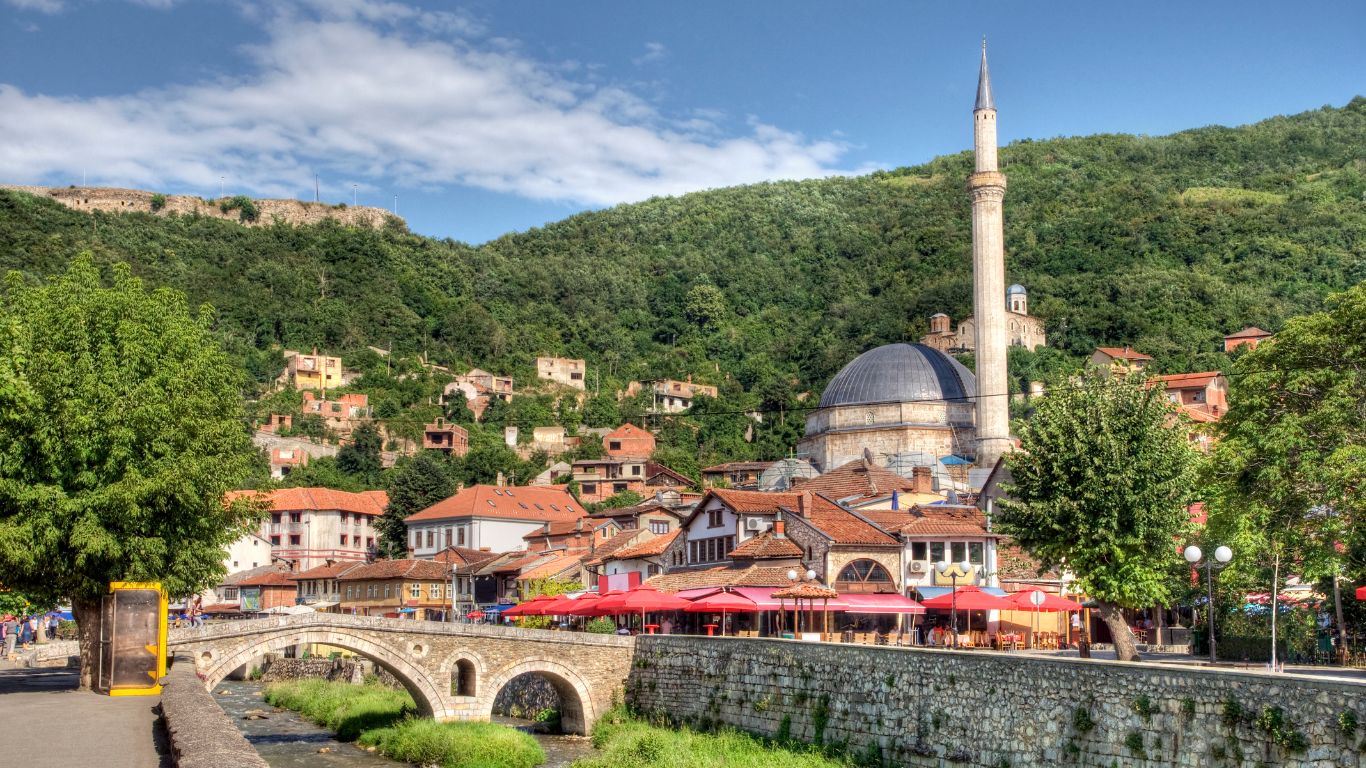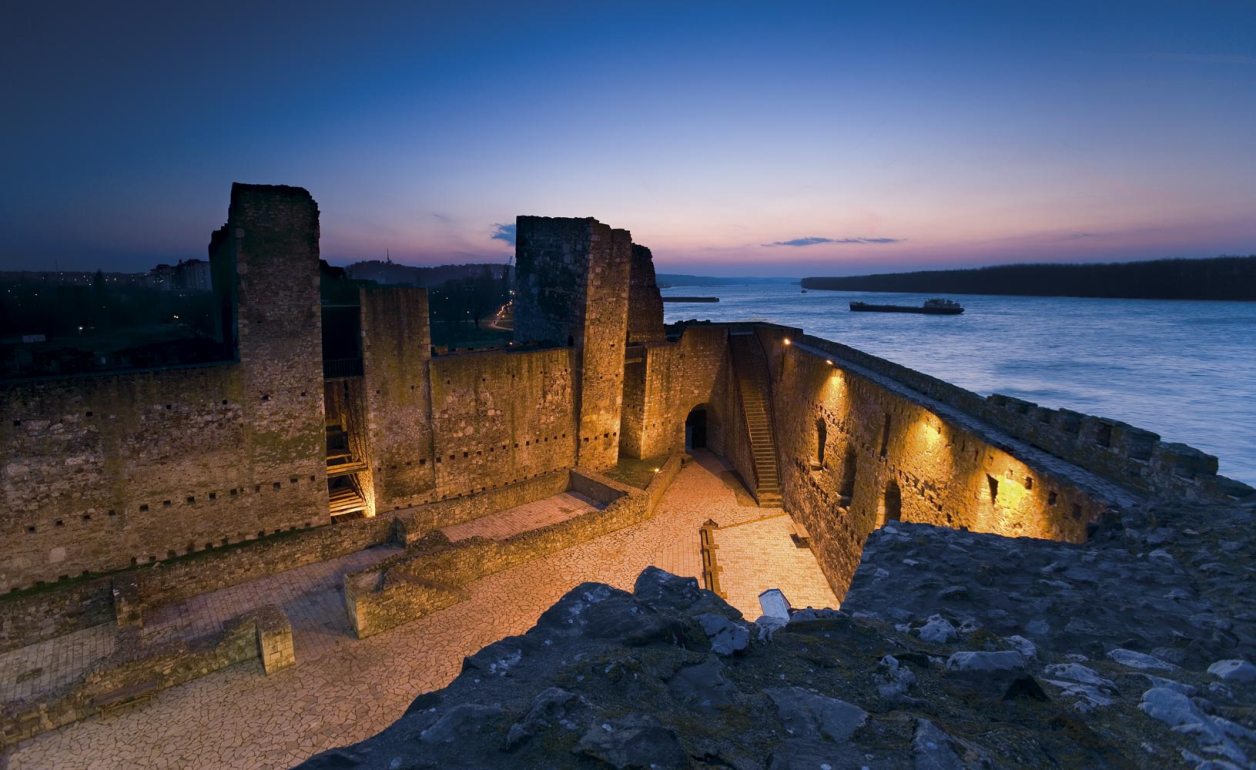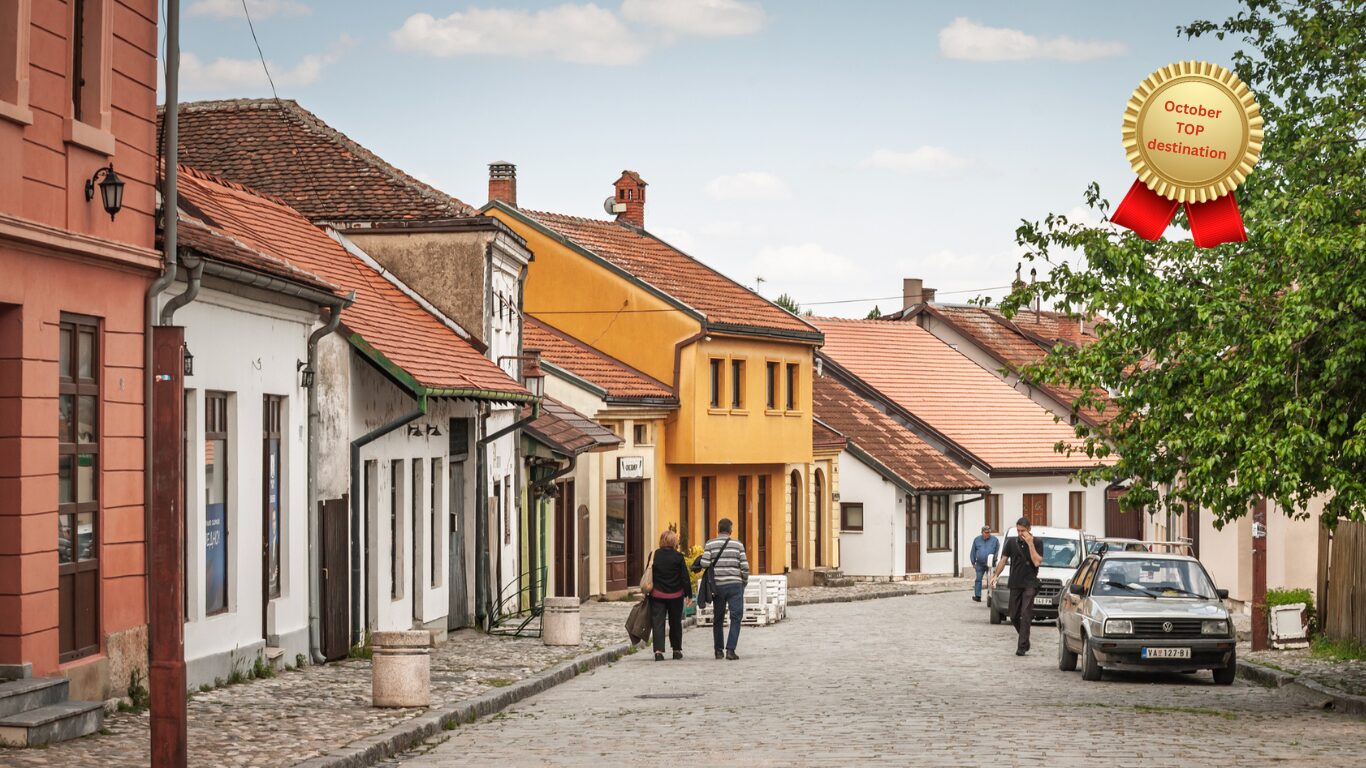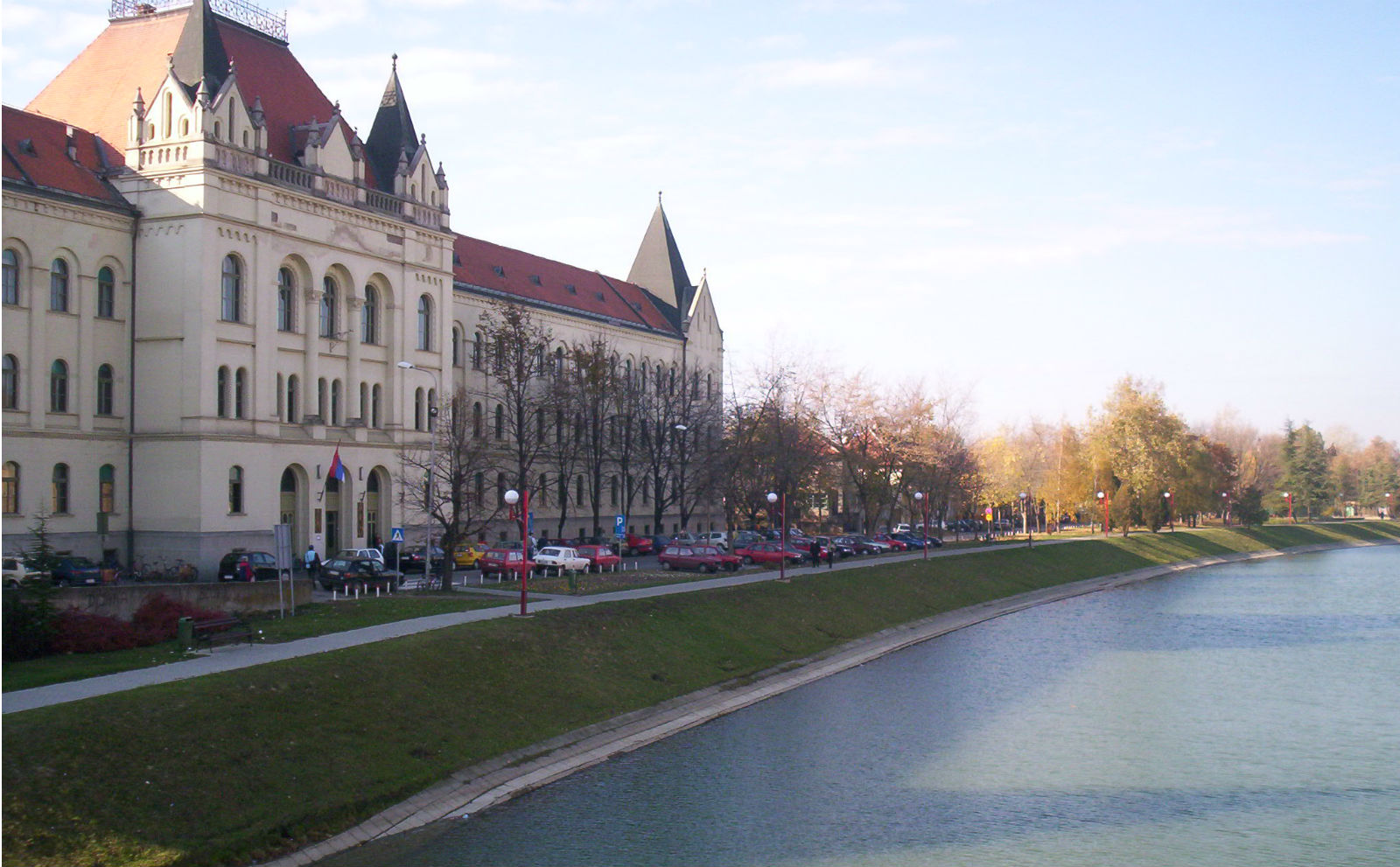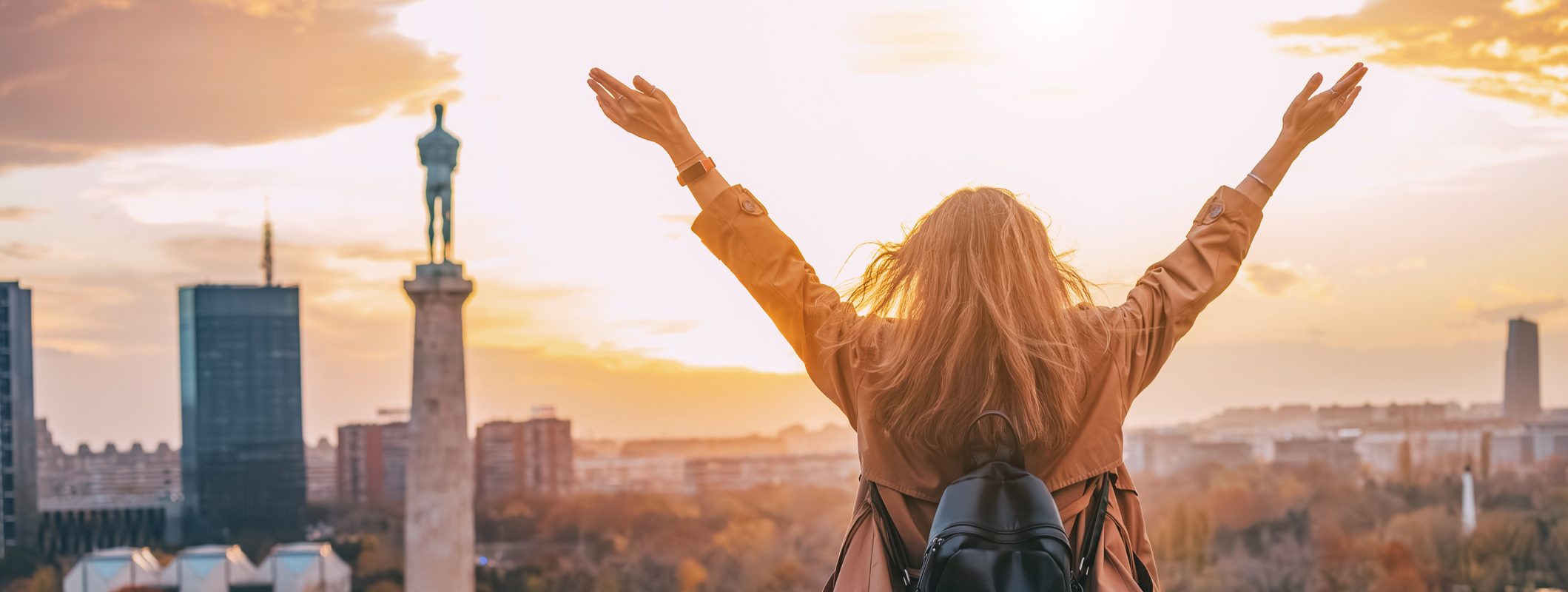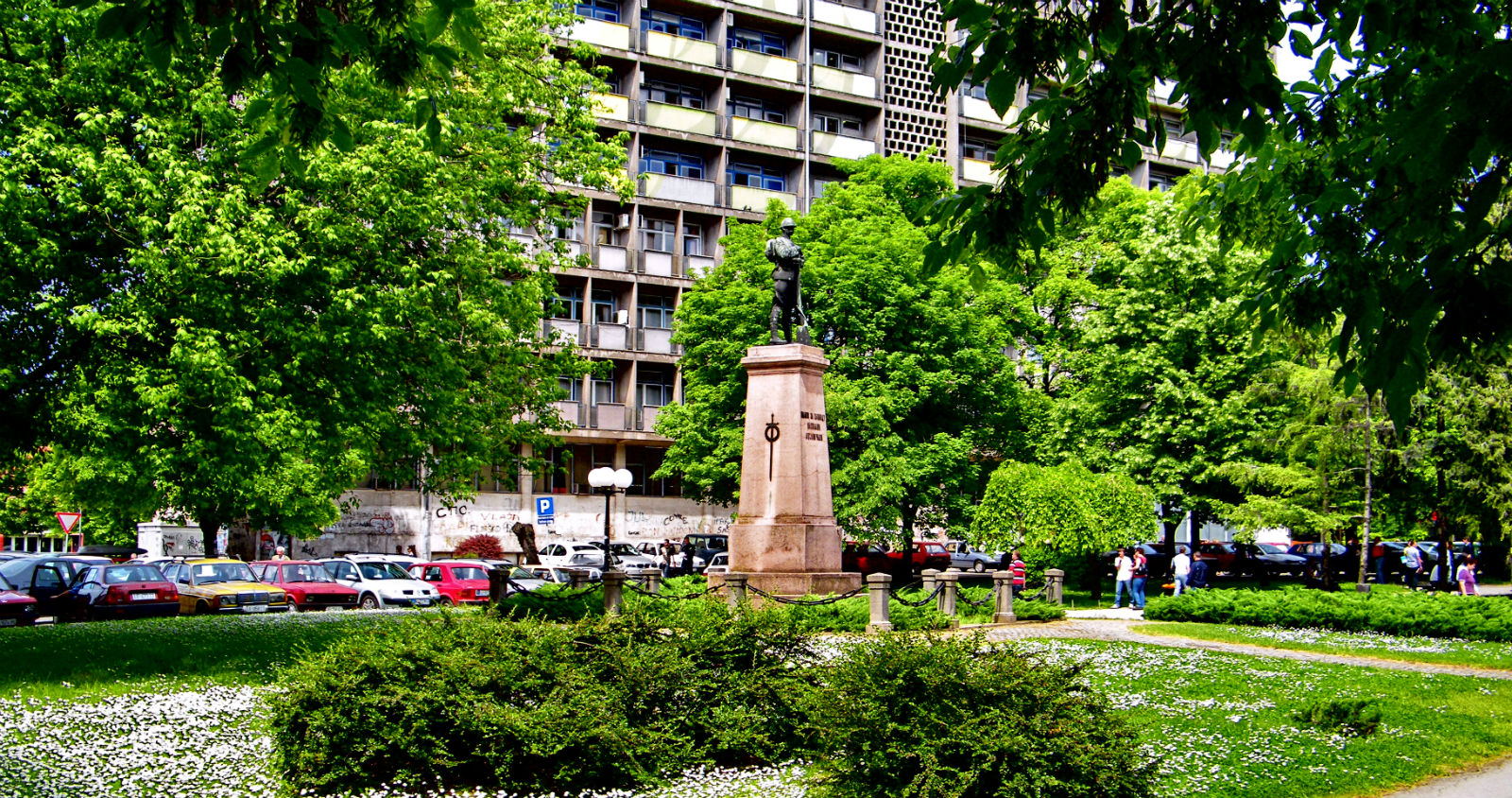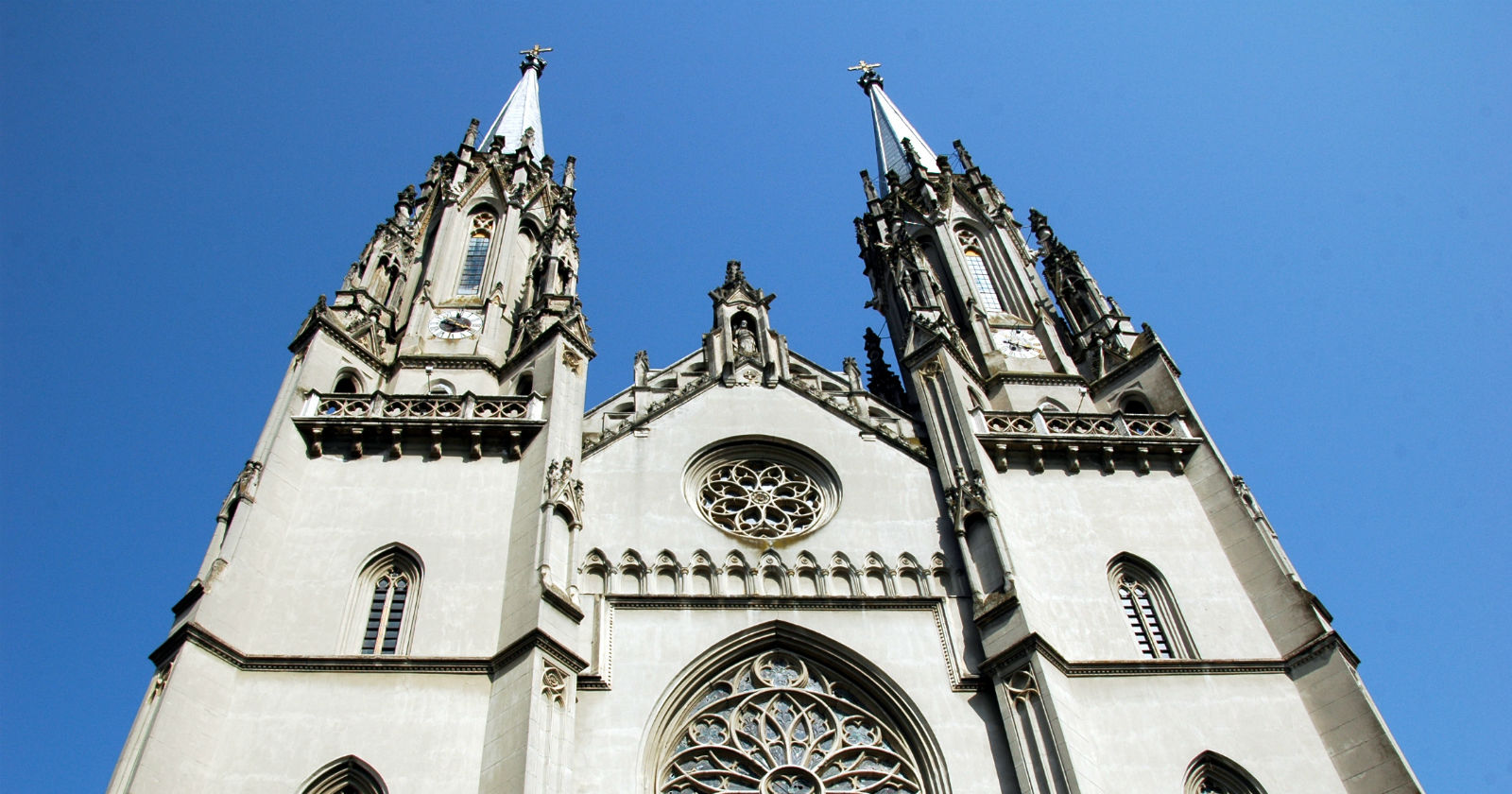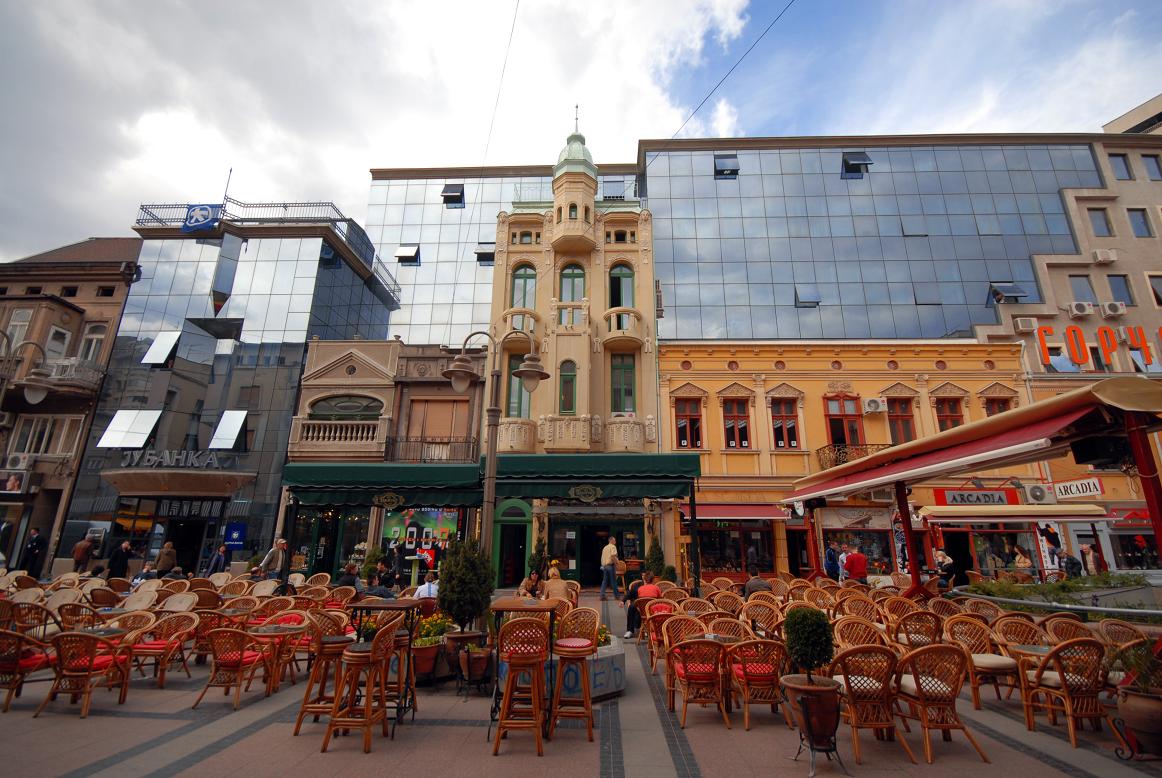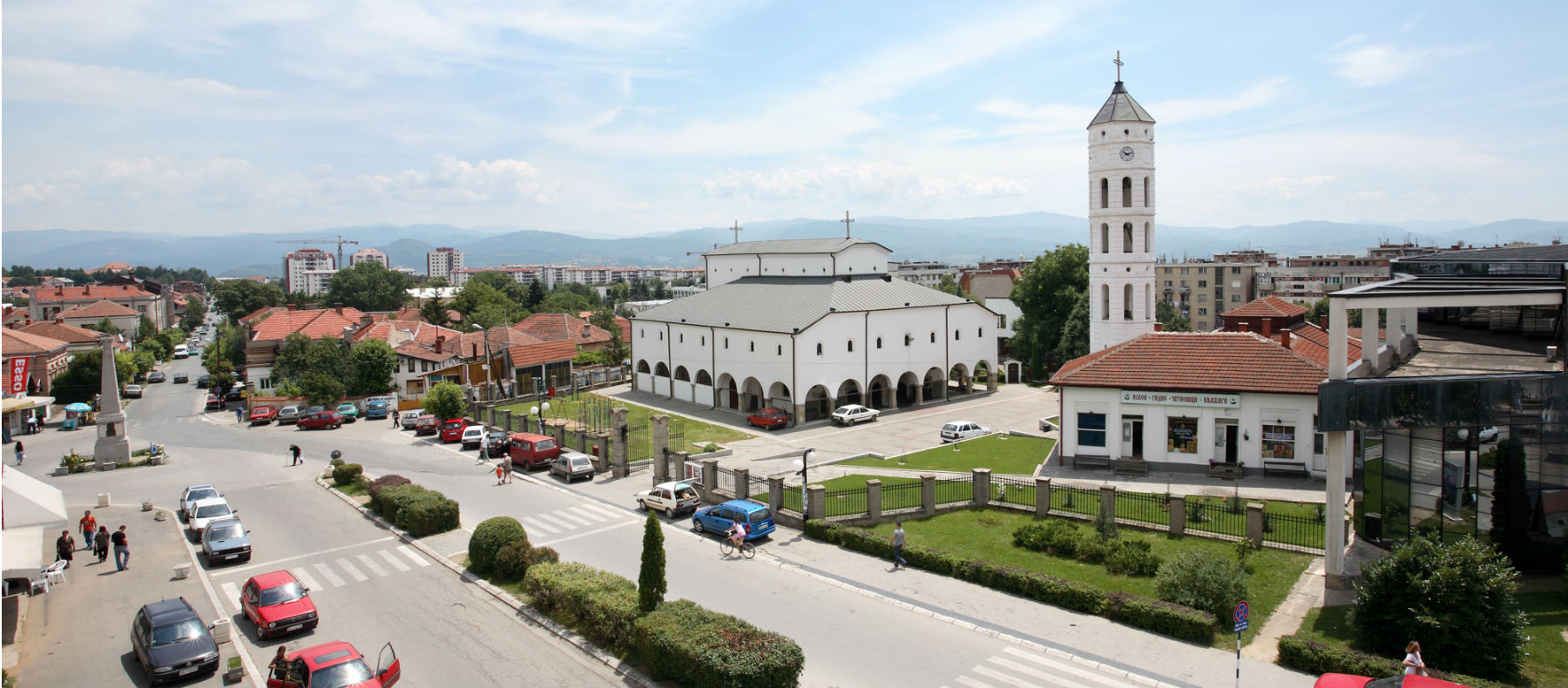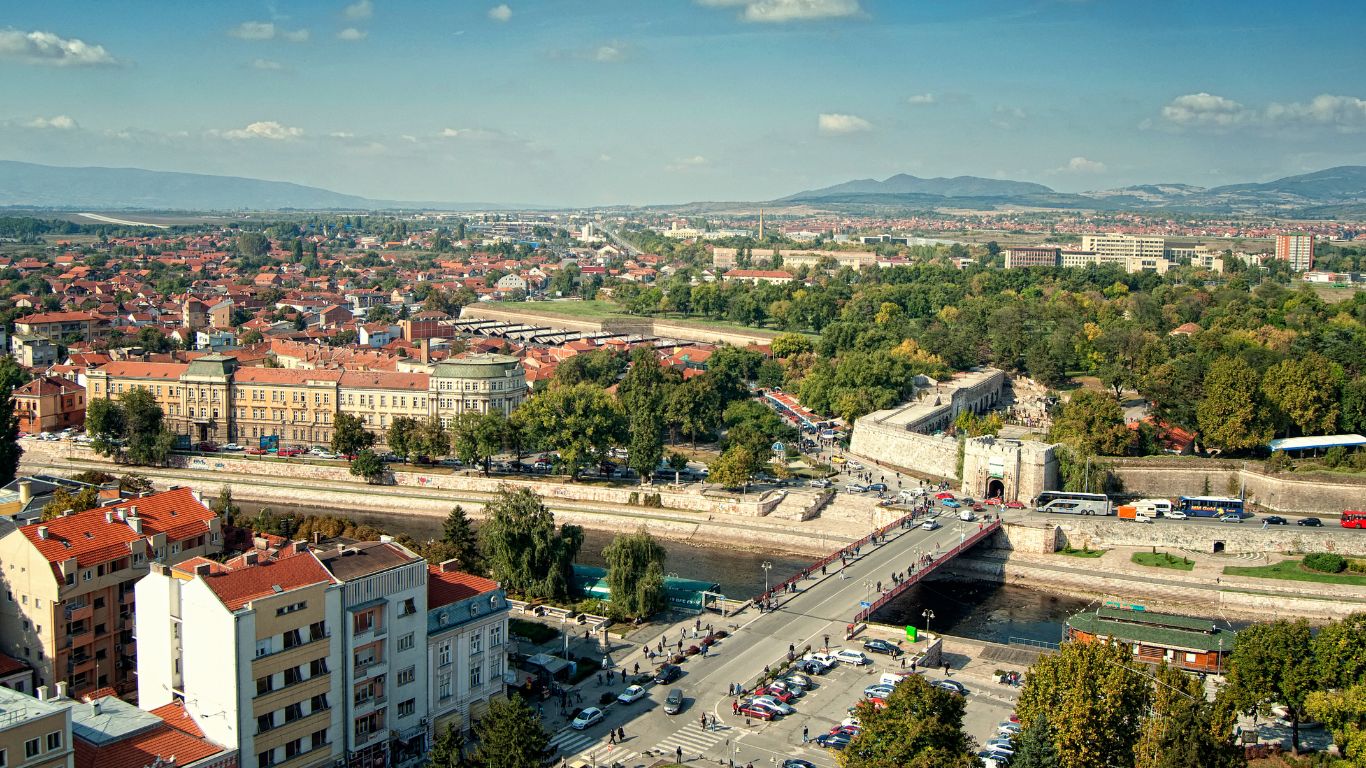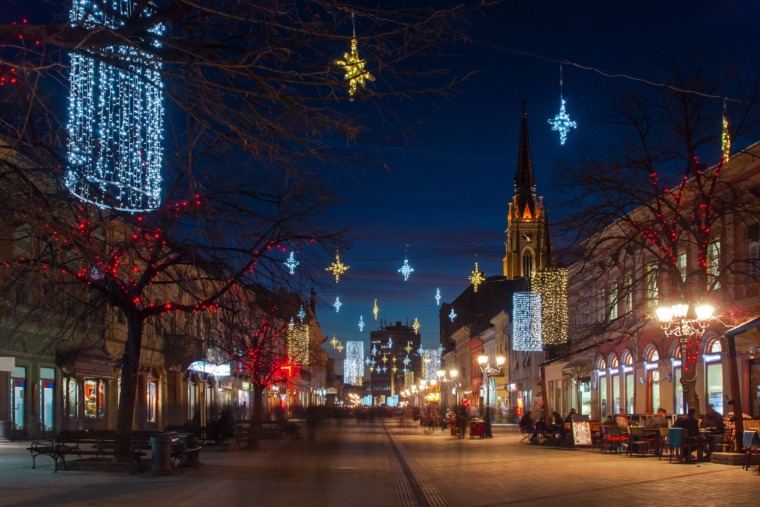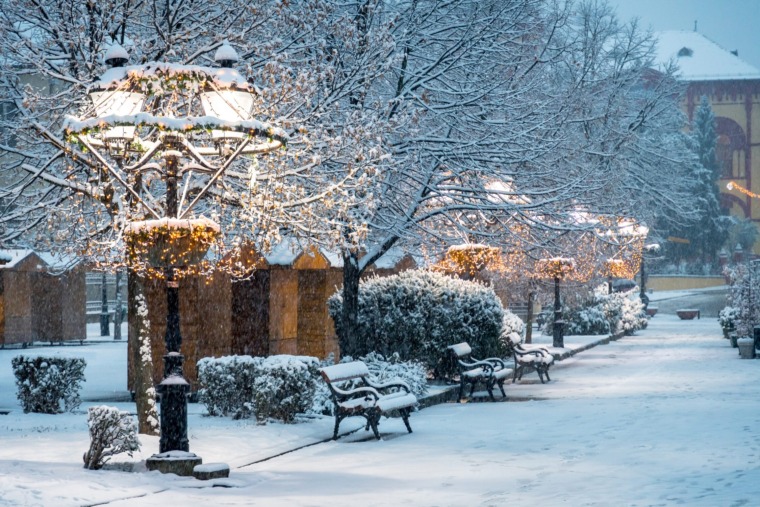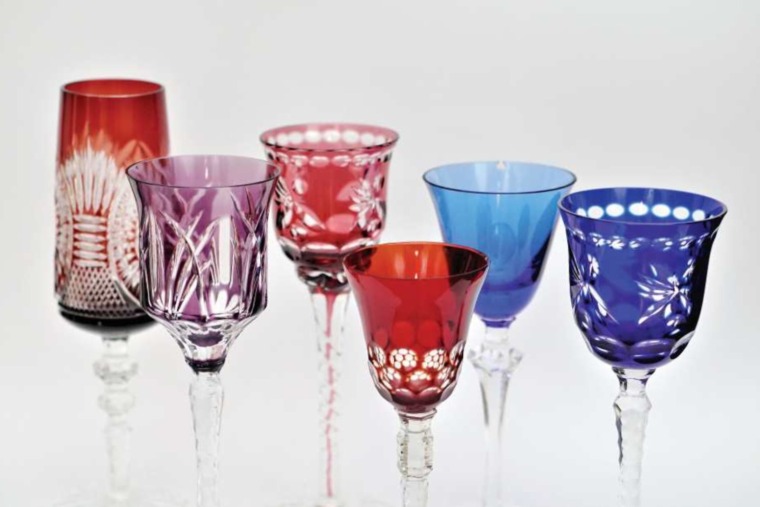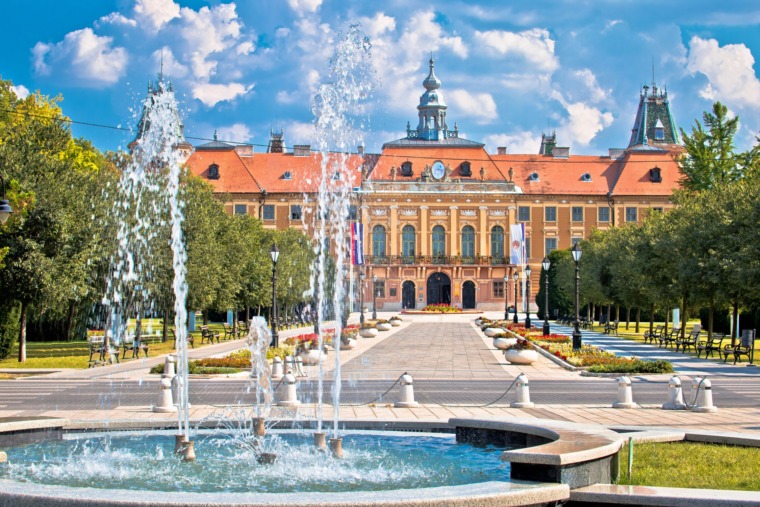The city of merchants, turbulent history, the oldest sacral Christian monument in this region, famous kebab and mantije. The cultural center of Sandzak district has many narrow streets and numerous shops and mosques, this is the place where oriental and western influence intertwine, creating a unique style which made Novi Pazar recognizable.
This multiethnic city which was founded by Turkish general Isak-bey Isakovic in 1459 is located at the intersection of important roads, in the valleys of Jošanica, Raška, Deževska, and Ljudska rivers. Famous conquerers passed through this city; during the Middle Ages it was the capital of Raška state which was ruled by Nemanjić dynasty.
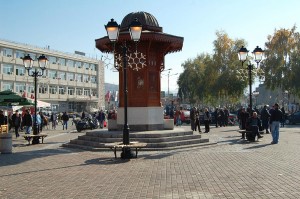 Since the 15th century and until the beginning of the 20th it was the center of Ottoman Novi Pazar sanjak. In 1468 it got the status of šeher (town) and it was one of the largest cities in the Balkans.
Since the 15th century and until the beginning of the 20th it was the center of Ottoman Novi Pazar sanjak. In 1468 it got the status of šeher (town) and it was one of the largest cities in the Balkans.
The five hundred years long Ottoman history left its oriental marks which can be seen all across the city. Antique single-storey houses, a Turkish bath – hammam and a great number of mosques which exude exotic Ottoman atmosphere.
Walking through the city center, you will also find numerous cultural monuments, various shops and restaurants where you can try kebabs and mantije, famous specialties from Novi Pazar.
Pazarske mantije are still made using the authentic recipe, which has been transferred from one generation to another. You can buy them in almost every bakery in Novi Pazar and only the ones with meat are considered to be the “real mantije”. Pazarske mantije made it to the list of intangible cultural heritage of Serbia because of their unique taste and the recipe which remained the same for decades.

Amir-aga’shan which was built in the 17th century is located at the place where the early stages of Novi Pazar started to take place. It is considered to be one of the oldest and best preserved monuments of this kind in Serbia, it is located in the city center.

If you continue walking through the city you will come to The Altun-Alem Mosque-the mosque with a gemstone from the 16th century.
This building is unique because of the time when and the way in which it was built. Call for the Morning Prayer can also be heard from Lejlek and Arap mosques.
Old Turkish bath from the 15th century is also located in the city center, and it is interesting because it is meant for both men and women, which is very rare.
If you visit stara čaršija (old street), which begins with bridge over Raška river and ends at “Granata” han, you will familiarize yourself with the spirit of Novi Pazar and the way of life in this city which has one thousand years long history, dating back to the Middle Ages.
Petrova crkva (Peter’s church) is located at the exit of the city, it was built in the 12th century on the place where an old Illyrian temple once stood. The church was damaged and renovated several times, so only one part of it remained the same as it was when it was built – early Christian baptistery or a small pool used for baptism. Frescoes from 10th, 12th and 13th century can also be seen in this church.
Djurdjevi stupovi monastery is near Novi Pazar and it also dates back to Middle Ages. It was erected by the Grand Prince Stefan Nemanja in 1171 and the frescoes were painted in 1175. The monastery was devastated during the Ottoman rule and it suffered severe damage during the Second World War. It was renovated in the last decade of the 20th century, new dormitories were built and a brotherhood of monks who live in this monastery was established.
Nowadays this city, which carries the nickname “mini-Istanbul”, is famous for the jeans production, excellent baklava, interesting shops which belong to old craftsmen and numerous cultural and historical monuments. This town is an unusual and unique place because of its irresistible charm which was created by intertwining of the old and the new.
Stari Ras is a medieval complex of monuments which is located 11km west of Novi Pazar. This complex consists of many monuments and the most important ones that are being researched are: Gradina na Pazarištu with the lower city, Trgovište, church in Naprelj, Latin church in Postenje, Gradina na Pazarištu sa Trgovištem alongside the Monastery of Sopoćani, the Tracts of Saint George Monastery and Church of the Holy Apostles Peter and Paul, all of them bear witness to the greatness and importance of Ras in the medieval Serbian state.
How to get to Novi Pazar?
You can easily come to Novi Pazar if you take a bus from any of the larger cities in the region. There are about ten buses which go from Belgrade to Novi Pazar each day and the distance is 290km.
For more information call Novi Pazar bus station – 020/ 25 – 963
Since you are already here, don’t miss…
Sopoćani monastery – it was erected by King Stefan Uroš (1243—1276) not far from the source of Raška river. This monastery is located 17km west of Novi Pazar. Frescoes from Sopoćani monastery are real works of art. Nowadays it is one of the most important Serbian cultural monuments and it is one the list of UNESCO World Heritage Sites since 1979.
Novopazarska spa – is situated 3km north-east of Novi Pazar. It is surrounded by several mountains: Golija, Rogozna and Kopaonik. This spa has several thermo-mineral springs; their temperature goes from 12 °C to 52 °C.
Golija – this mountain is located 32km away from Novi Pazar. It is known for its vastness, harsh climate and thick forests. The highest peak is Jankov Kamen, at 1833 m. There are several well-maintained ski centers on this mountain.
Related Articles
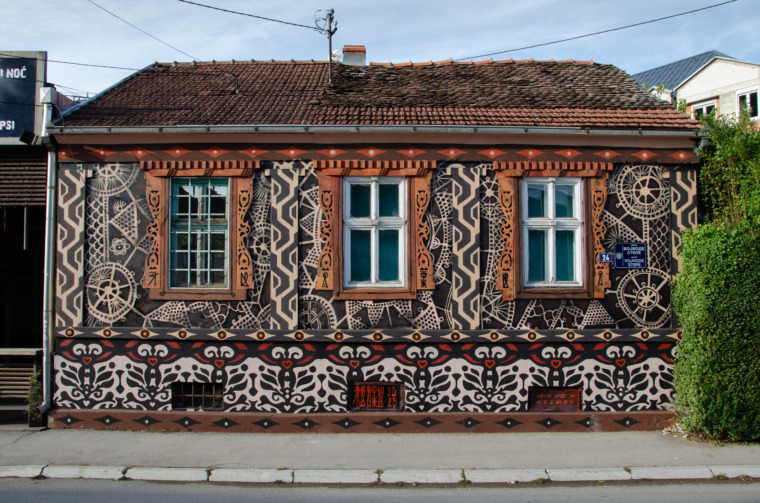
Čačak: Serbia’s Open-Air Gallery of Murals
December 19, 2025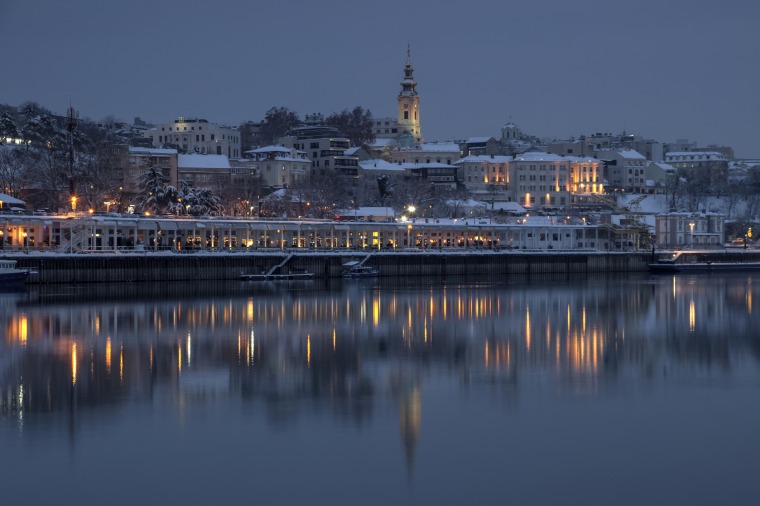
Belgrade in December: A City of Lights, Warmth, and Holiday Magic
December 5, 2025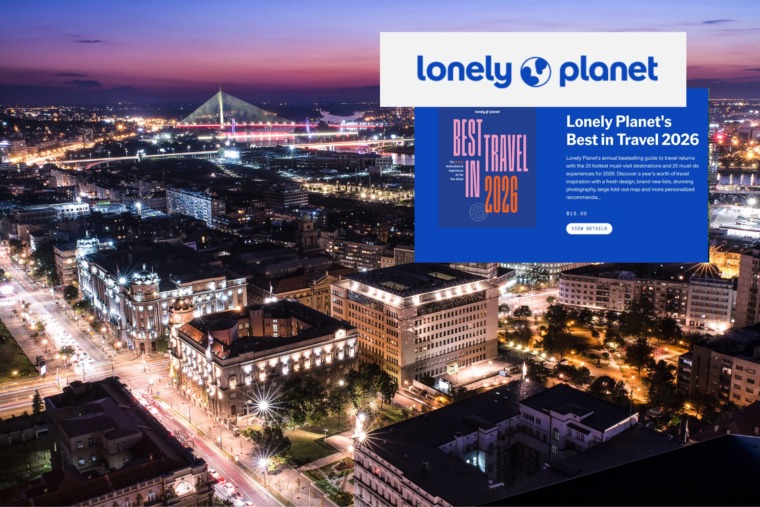
Belgrade Among Lonely Planet’s Top Experiences for 2026
November 14, 2025